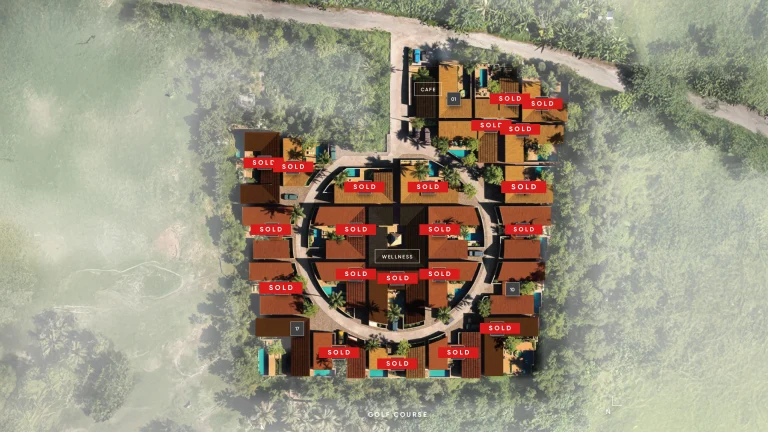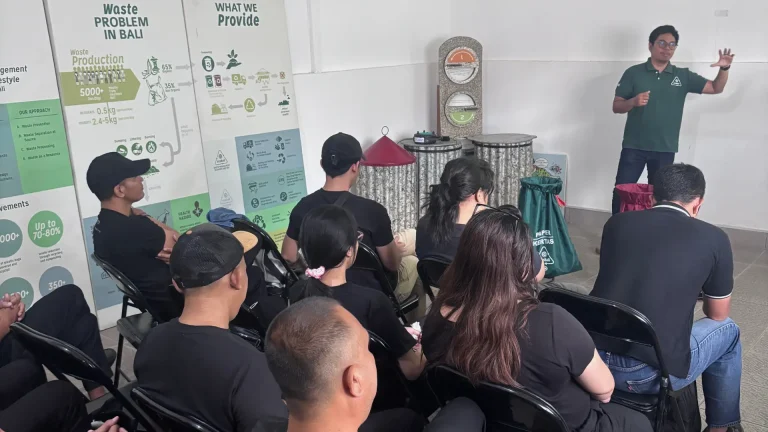Galungan stands as one of the most significant ceremonies on the Balinese calendar. Determined through the 210-day Pawukon calendar, the Galungan period extends over 10 days.
Galungan is a day when spirits, including ancestors and deities, descend from their heavenly realm to Earth. While it shares some similarities with Mexico’s Dia de los Muertos, its underlying philosophy resembles India’s Diwali—a celebration of the triumph of dharma (good) over adharma (evil).
As with many Balinese ceremonies, Galungan is rooted in a myth. During the era of the Majapahit empire, a malevolent figure named Mayadenawa, son of a tyrannical king, wreaked havoc among the Hindu community. The gods answered the Hindu people’s pleas for help, and Lord Indra engaged in a mighty war against the godless Mayadenawa. Ultimately, Indra emerged victorious on the Wednesday of the 11th week of the Balinese Pawukon calendar, now known as Galungan Day, celebrated every 210 days. Indra’s descent was symbolic, with other spirits descending on the same day.
The Fascinating Origin Story of Tampaksiring
The legend of Indra’s battle with Mayadenawa also serves as the origin story of the Tampaksiring area. Mayadenawa poisoned the well during the war and left by walking on the sides of fit, leaving footprints on the mountainside. The name “Tampak” means food, and “siring” means slanted, describing the footprints left by the evil being. The famous holy water temple, Tirtha Empul, found in Tampaksiring, is believed to have been created by Indra to heal his poisoned troops.
On the eve of Galungan, known as Penampahan Galungan, animals are sacrificed as offerings to rid the world of negativity. The meat is used to prepare traditional Balinese dishes such as lawar, babi guling, and satay, making it a delightful family party day with delicious food. It is also believed that on Penampahan Galungan, the Sang Kala Tiga, represented by Sang Bhuta Amangkurat, descends to Earth for the third and final time to tempt mankind into adharma (evil).
Galungan Day witnesses bustling activity in temples, shrines, and street corners as worshippers come together for prayers and festivities. The atmosphere is filled with devotion, and Balinese people don their traditional best to celebrate this special day.
The Conclusion of Galungan: Kuningan Day
Following Galungan, the celebration continues with Manisan Galungan, where people visit their families. Ten days after Galungan, the season concludes with Kuningan, when the spirits return to their heavenly abode, known as “Tanah ane wayah.” Kuningan is, in fact, the third “tumpek” ceremony of the Balinese year, taking place on the Saturday of the 12th week of the Pakuwon cycle. The word “Kuningan” holds two meanings: “to announce” in accordance with the victory over Mayadenawa and “yellow,” which is the central color of Kuningan worship and celebrations. Yellow rice, colored by the yellow root of turmeric, is used as special offerings on this day, and worshippers don yellow attire to follow the theme.
Embracing Tradition with Joy
Throughout Galungan and Kuningan, prayers, offerings, and family visits fill the day, as the Balinese embrace their cultural heritage with joy and enthusiasm, making these celebrations a spectacle to behold.
As we embrace the spirit of Hari Raya Galungan and Kuningan, We have to open our hearts to bliss, renewal, and unity. These joyous events remind us of the importance of connecting with our roots, expressing gratitude, and fostering harmony within our communities. So, let us celebrate the beauty of Hari Raya Galungan and Kuningan and #BuildTomorrowToday in our shared journey. Selamat Hari Raya Galungan! Selamat Hari Raya Kuningan! Happy celebrations to all!


